[Review] Top 8 Best Realistic Stable Diffusion Models
Published on
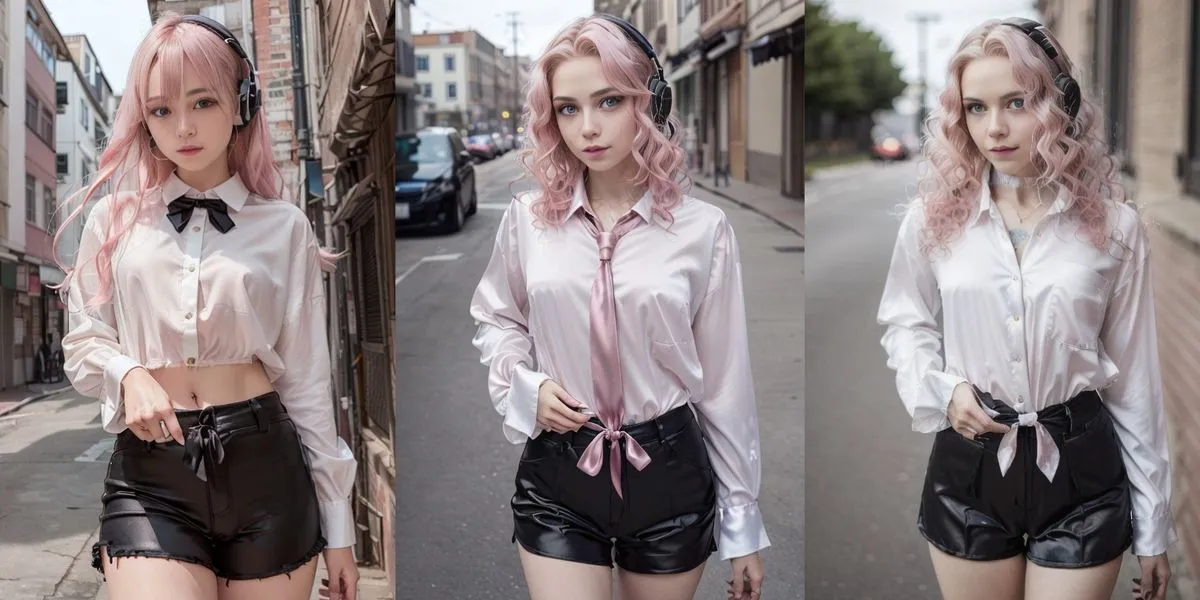
In the realm of artificial intelligence, the ability to generate realistic images has always been a coveted goal. As technology advances, we're inching closer to achieving this dream. Enter the world of Realistic Stable Diffusion Models. These models have revolutionized the way we perceive AI-generated images, offering a level of realism previously thought impossible. In this article, we'll embark on a journey to understand these models, their significance, and their potential to reshape the future of AI artistry.
The digital age has brought forth countless innovations, but few are as intriguing as the development of stable diffusion models. These models, particularly the realistic ones, have opened up a new frontier in digital art, design, and even entertainment. But what exactly are these models? And why are they causing such a stir in the tech world?
What is Stable Diffusion?
Stable Diffusion is a cutting-edge technique in the field of artificial intelligence that focuses on generating images. At its core, it's about creating images that are not just visually appealing but also incredibly realistic. Unlike traditional image generation methods that might produce images that are clearly artificial, stable diffusion aims to blur the lines between what's real and what's AI-generated.
- How it Works: At a high level, stable diffusion operates by taking an input, processing it through a series of algorithms, and producing an output that is a realistic representation of the input.
- Comparison with Traditional Models: Traditional image generation models often rely on fixed datasets and pre-defined parameters. In contrast, stable diffusion models are dynamic, adapting and learning to produce better results over time.
The beauty of stable diffusion lies in its adaptability. It's not just about creating a single type of image but about producing a wide range of images across different genres and styles. This adaptability is what has made it a favorite among artists and designers.
The Evolution of Realistic Stable Diffusion Models
The journey of stable diffusion models is nothing short of remarkable. From their humble beginnings to their current status as a powerhouse in the AI industry, these models have undergone significant evolution.
- Early Days: The initial models were basic, often producing images that, while impressive, were clearly machine-generated. There was a distinct lack of realism, and the images often lacked depth and detail.
- Rise of Civitai: Platforms like Civitai have played a pivotal role in promoting stable diffusion. By offering a platform for artists to share their models, Civitai has fostered a community where innovation thrives. The result? A surge in the development of advanced stable diffusion models that can generate breathtakingly realistic images.
- Modern Models: Today's models, such as the Life Like Diffusion and Realistic Vision 2.0, are miles ahead of their predecessors. They can capture minute details, reproduce diverse ethnic backgrounds, and even mimic specific artistic styles.
It's not just about the technology, though. The rise of stable diffusion models has also been fueled by a growing community of artists, developers, and enthusiasts. This community-driven approach has been instrumental in pushing the boundaries of what's possible with stable diffusion.
Top 8 Realistic Stable Diffusion Models
The world of AI image generation has been revolutionized by the introduction of Stable Diffusion Models. These models have set new benchmarks in terms of realism and versatility. Let's take a closer look at some of the most prominent models in this domain:
1. Realistic Vision 2.0

Realistic Vision 2.0 has earned its reputation as one of the most downloaded models on Civitai. Its prowess lies in its ability to capture minute details, making it a top choice for those in pursuit of photorealistic images.
- Features and Strengths:
- Detail-Oriented: This model's ability to produce images with remarkable accuracy and intricate detail sets it apart from other stable diffusion models.
- Versatility: Realistic Vision 2.0 is not limited to a specific genre or style, making it suitable for a wide range of applications.
Explore Realistic Vision 2.0 on HuggingFace (opens in a new tab)
2. Dreamlike Photoreal 2.0

Dreamlike Photoreal 2.0 offers a unique blend of realism and fantasy. While it may not match the sheer detail of models like Realistic Vision 2.0, it brings a dreamlike quality that is both enchanting and captivating.
- Features and Strengths:
- Artistic Flair: This model has been trained on high-quality portraits, resulting in images that are not just realistic but also artistically appealing.
- Unique Style: The dreamlike quality of the images produced by this model sets it apart, making it ideal for projects that require a touch of fantasy.
Explore Dreamlike Photoreal 2.0 on HuggingFace (opens in a new tab)
3. Realisian - v5.0
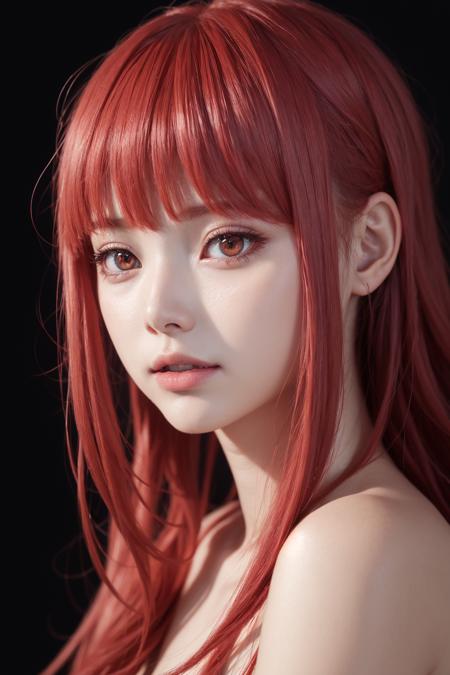
Description: Realisian v5.0 is a testament to the continuous evolution of stable diffusion models. With over 9.0K likes and 68K views, it's evident that this model has garnered significant attention and appreciation within the AI community. Designed for photorealistic outputs, Realisian specializes in capturing the essence of Asian subjects, making it a go-to choice for projects requiring high-quality Asian portraits.
Features:
- Highly Detailed: Realisian is known for its attention to detail, producing images that are both beautiful and realistic.
- Versatility: The model boasts a range of settings, allowing users to customize outputs based on their specific needs. From sampling methods like DPM++ SDE Karras to various sampling steps, users have a plethora of options at their disposal.
- User Recommendations: For optimal results, it's advised to use settings like "Restore Faces: Off" and "Hires Fix: On". Additionally, for vibrant colors, the Upscaler: Latent (bicubic antialised) setting is recommended.
4. Analog Diffusion
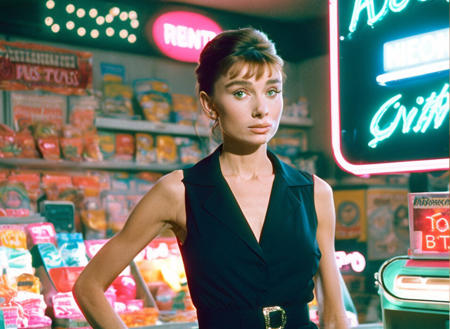
Analog Diffusion is a model that stands out for its unique style. Trained on high-quality images, it produces visuals reminiscent of the late 80s, blending nostalgia with modern AI capabilities.
- Features and Strengths:
- Distinct Style: Analog Diffusion is known for its dreamy-like visuals, setting it apart from other models with its distinct aesthetic.
- Versatility: While the model excels in capturing the essence of the late 80s, it's also adept at producing modern, high-quality images. However, it might require some tweaking and experimentation to achieve the desired results.
5. ChilloutMix

ChilloutMix is a powerhouse when it comes to generating photorealistic images, especially of human subjects. Trained on a vast array of high-quality portraits, it produces images that are strikingly close to real-life photographs.
- Features and Strengths:
- Photorealism: The model is adept at producing images that closely resemble real-life individuals, especially those of East Asian descent.
- Comprehensive Training: ChilloutMix's training on a diverse range of portraits ensures it delivers top-notch results across various subjects. However, it might have some limitations when it comes to South Asian and South American portraits.
6. epiCRealism - Natural Sin RC1 VAE

Description: The epiCRealism model, particularly the Natural Sin RC1 VAE version, is a culmination of rigorous efforts to refine the understanding of various prompts, hands, and realism. This model has been designed to produce photorealistic outputs with minimal prompts, making it user-friendly and accessible.
Features:
- Versatility: The model can effectively process textual inversions and LORA, ensuring accurate and detailed outputs.
- User-Friendly: Requires minimal prompts and is known for its user-friendly nature.
- Recommendations: It's advised to use simple prompts and avoid over-complicating with keywords like "masterpiece" or "high detail". The model already understands these intricacies and will produce the desired output without them.
7. CyberRealistic - v3.3
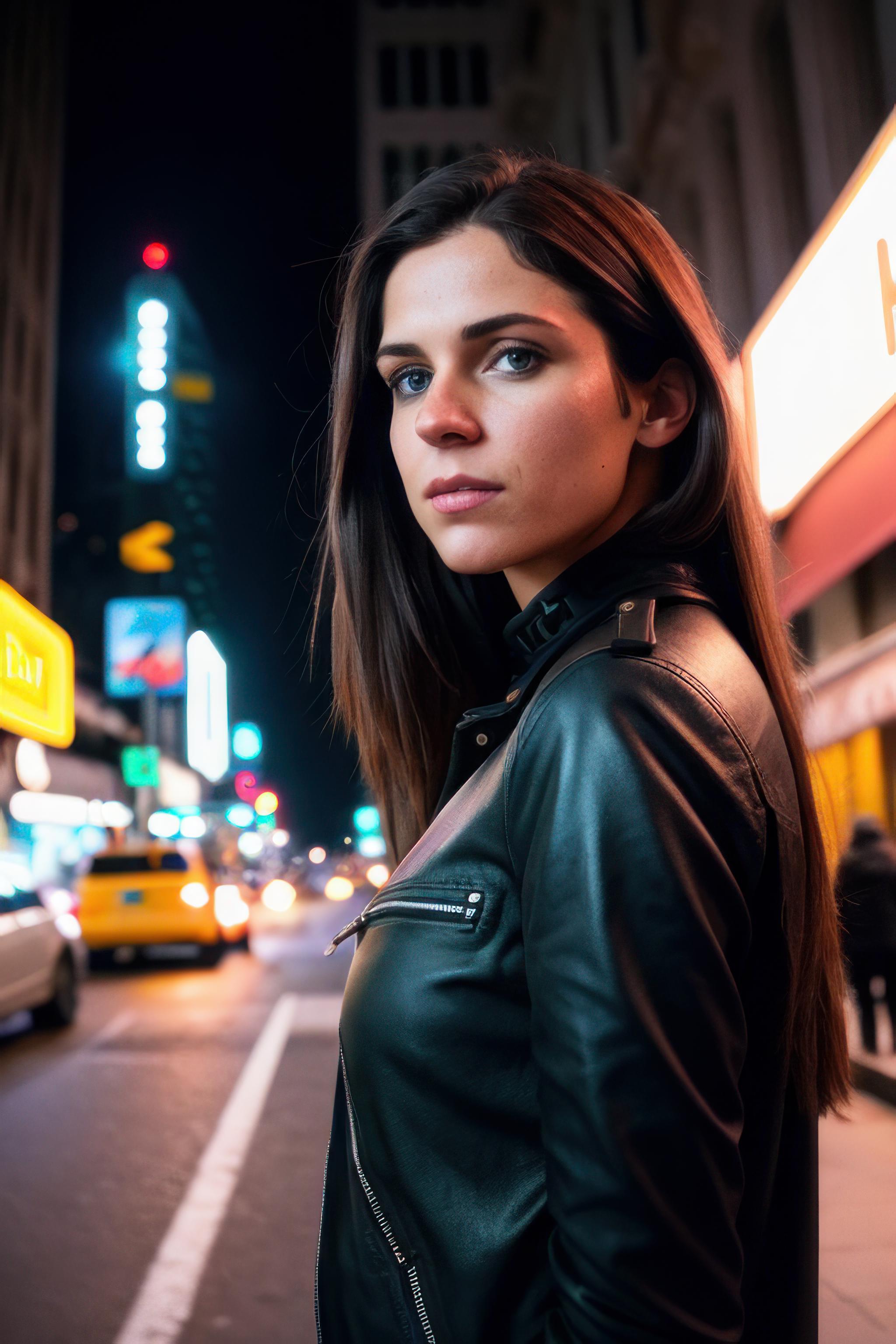
Description: CyberRealistic v3.3 is a cutting-edge alternative to the standard CyberRealistic experience. This model is the result of blending various models to achieve a desired photorealistic output. It incorporates several custom elements, adding an extra layer of uniqueness to its output.
Features:
- Highly Detailed: Known for producing highly detailed and beautiful outputs, both for male and female subjects.
- User Recommendations: The model requires minimal prompts and is incredibly user-friendly. It's recommended to use the VAE: sd-vae-ft-mse-original for more vibrant colors.
- Versatility: One of its key strengths lies in its ability to process textual inversions and LORA effectively.
8. epiCPhotoGasm
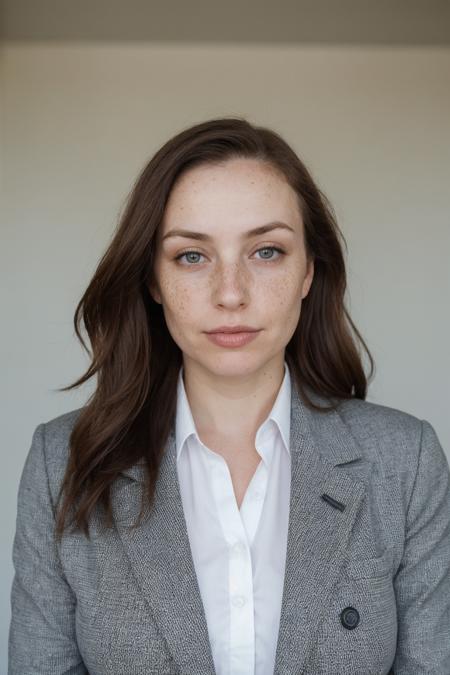
Description: epiCPhotoGasm is another masterpiece in the realm of stable diffusion models. It's designed to produce outputs that are not just realistic but also breathtakingly beautiful. The model has been updated multiple times, ensuring that it stays at the forefront of photorealistic modeling.
Features:
- Multiple Versions: The model has seen several iterations, each refining and improving upon the last.
- User-Friendly: Like its counterparts, epiCPhotoGasm is user-friendly and doesn't require complex prompts to produce stunning results.
- Recommendations: Users are advised to keep their prompts simple and let the model do its magic.
With these newer models, the realm of stable diffusion has seen significant advancements. Each model brings something unique to the table, ensuring that users have a plethora of options to choose from based on their specific needs. Whether you're looking for sheer realism, beauty, or a blend of both, these models have got you covered.
How to Use Realistic Stable Diffusion Models
The rise of stable diffusion models has opened up a plethora of opportunities across various sectors. Let's explore some of the practical applications and the considerations that come with them.
Using Stable Diffusion in Art and Design
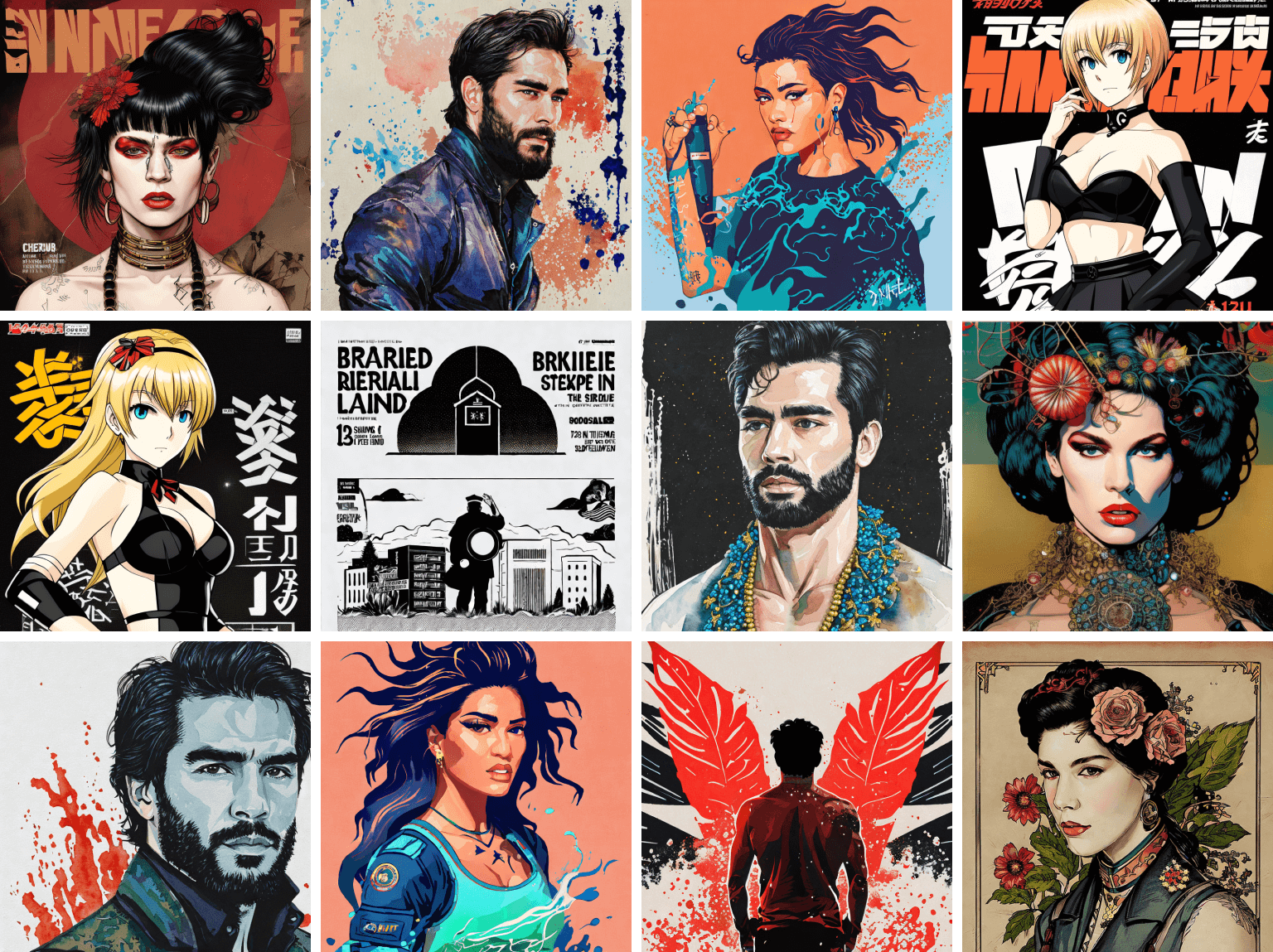
Stable diffusion models have revolutionized the world of art and design. Artists and designers can now generate lifelike images, landscapes, and portraits without the need for extensive training or expensive equipment. These models provide a platform for creative expression, allowing artists to experiment with different styles, textures, and themes. For designers, it offers a quick way to visualize ideas, create mockups, or even produce final designs for clients.
Does Realistic Stable Diffusion Models Violate Privacy Laws?
With the power of stable diffusion models comes responsibility. The ability to generate lifelike images of individuals raises concerns about consent and privacy. It's essential to ensure that any generated image of a person, especially one that resembles a real individual, is used ethically. Misuse can lead to privacy breaches and potential legal implications. Always seek consent when using these models for commercial purposes or public display.
While the power of stable diffusion models is undeniable, it's crucial to use them responsibly. Ethical considerations, especially concerning consent and privacy, should always be at the forefront. By embracing this technology responsibly, we can harness its potential while ensuring that we respect the rights and privacy of individuals.
Use Realistic Stable Diffusion Models for Video Production
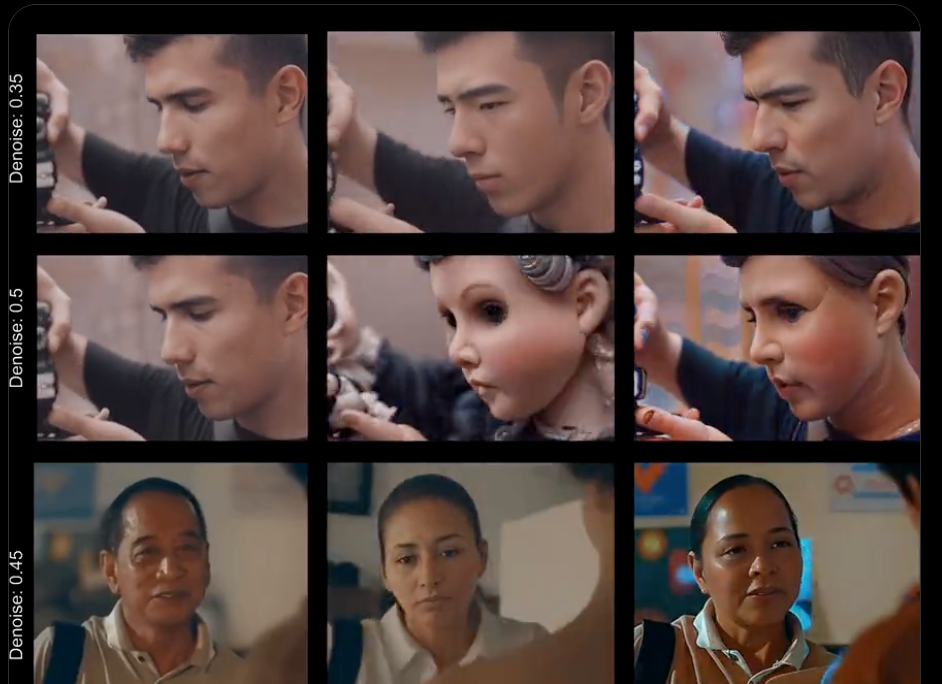
The media and entertainment industry stands to benefit immensely from stable diffusion models. From creating lifelike characters for movies and video games to generating realistic backgrounds for virtual sets, the possibilities are endless. As these models become more mainstream, we might see a shift in how content is produced, with AI playing a more prominent role in content creation.
Conclusion: The Future of Realistic Stable Diffusion Models
Realistic Stable diffusion models have showcased their unparalleled potential in various fields. Their ability to produce high-quality, realistic images in a fraction of the time traditional methods would take is nothing short of revolutionary. As technology advances, we can only expect these models to become even more powerful, offering endless possibilities for creatives and professionals alike.
The AI community is buzzing with excitement as researchers and developers work tirelessly to improve and innovate stable diffusion models. We can expect models with even higher resolution, better realism, and more versatility in the coming years. Additionally, collaborations between AI enthusiasts and artists might lead to models that cater specifically to artistic needs, blending technology with creativity.
FAQ for Realistic Stable Diffusion Models
Q: Which model should I use for Stable Diffusion?
A: The choice of model depends on your specific needs. For photorealistic images, models like epiCRealism or CyberRealistic are recommended. For artistic endeavors, epiCPhotoGasm might be more suitable.
Q: What are the models of Stable Diffusion training?
A: Stable Diffusion models are trained on vast datasets comprising high-quality images. These datasets can range from portraits and landscapes to specific themes like vintage or futuristic.
Q: Can Stable Diffusion make art realistic?
A: Absolutely! Stable Diffusion models are designed to produce lifelike images. Artists can use these models to create realistic art pieces, be it portraits, landscapes, or abstract themes.
